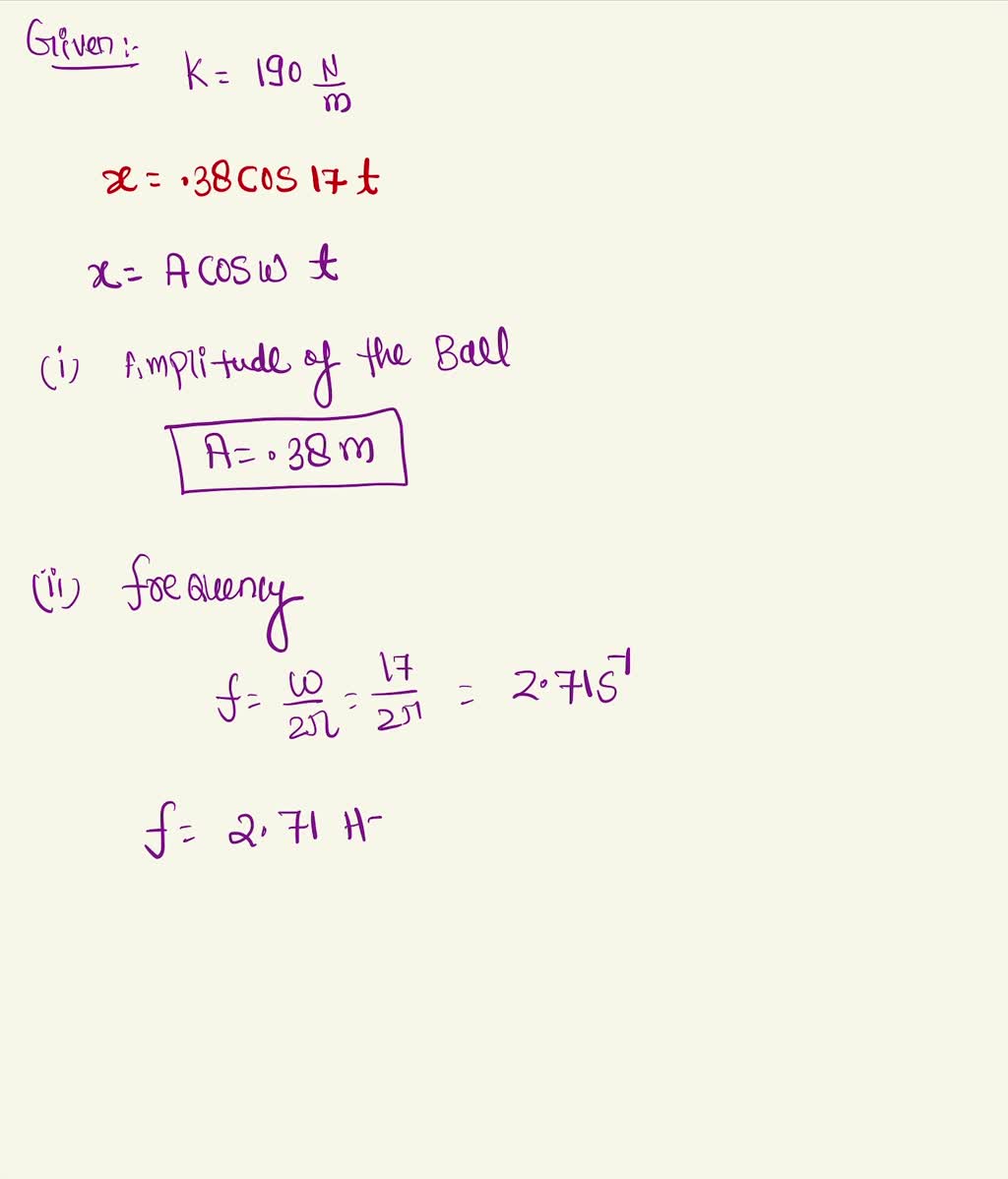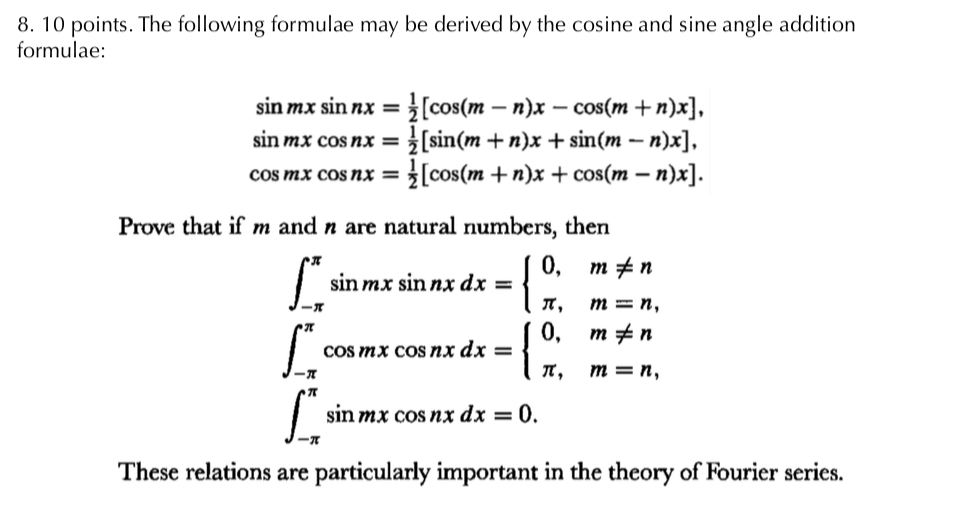
If cot theta =m/n, show that m cos theta-n cos theta/ m cos theta + b ain theta = m - Maths - Introduction to Trigonometry - 12670763 | Meritnation.com

SOLVED: a ball of mass m oscillates on a spring with spring constant k =190 N/m. the balls position is described by x = (0.38 m)cos(17 t), with t measured in seconds.
If m = (cosθ - sinθ) and n = (cosθ + sinθ) then show that √m/n + √n/m = 2/√1-tan^2 θ - Sarthaks eConnect | Largest Online Education Community

If m=cos theta-sin theta and n=costheta+sin theta then show that sqrt(m /n)+sqrt(n/m)=2/sqrt(1-tan^2 theta)
![Calculus 2: How Do You Integrate? (84 of 300) Find the Integral of [cos (mx)][cos(nx)]dx=?*** - YouTube Calculus 2: How Do You Integrate? (84 of 300) Find the Integral of [cos (mx)][cos(nx)]dx=?*** - YouTube](https://i.ytimg.com/vi/lRq-j0zRaQc/hqdefault.jpg)
Calculus 2: How Do You Integrate? (84 of 300) Find the Integral of [cos (mx)][cos(nx)]dx=?*** - YouTube
body oscillates with SHM according to theequation x (5.0 m) cos (2Tt rad s 1)t + /4At t1.5 s, its acceleration is(1) 139.56 m/s (2) 139.56 m/s?(3) 69.78 m/s?(4) 69.78 m/s2

SOLVED: Which of the following equations are dimensionally correct? (a) vf = vi + ax (b) y = (2 m) cos (kx), where k = 2 m−1









